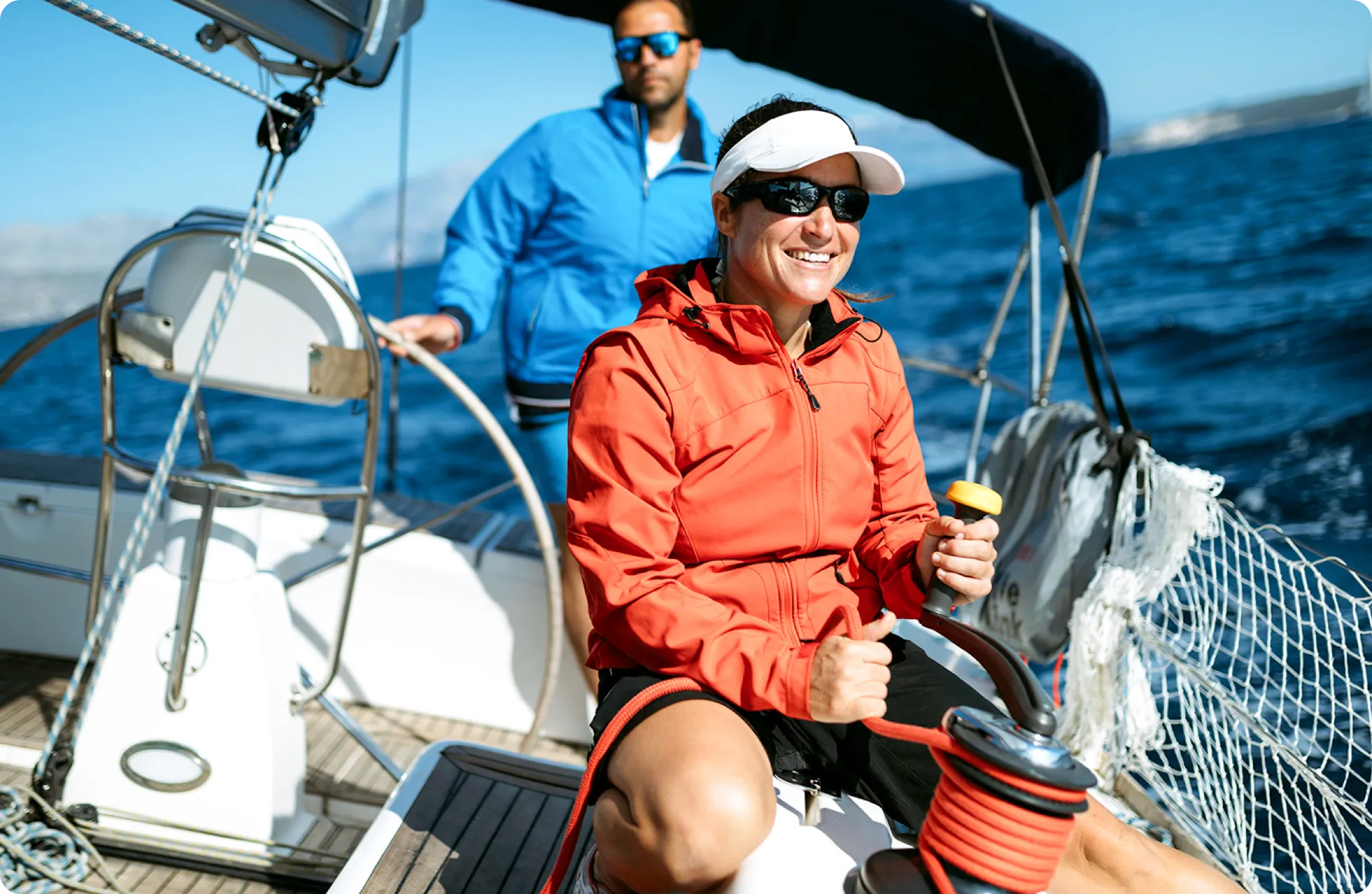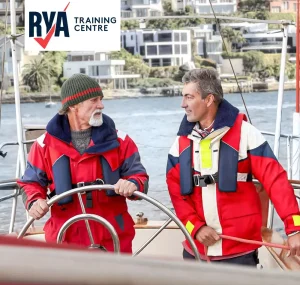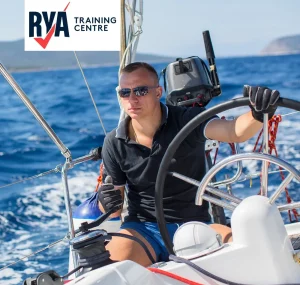Familiarize yourself with basic nautical terms, the parts of a boat, and key rigging and sail components.
CategoryRYA Cruising Courses / Beginner / On Water Practical

This introductory course is tailored for those new to sail cruising. Over two days or broken up into smaller sessions, participants will learn the basics of steering a yacht, handling sails, working with ropes, and maintaining onboard safety.
The RYA Start Yachting certificate can be used to count towards an RYA Competent Crew certificate. The student need only finish three more days or two weekends of the Competent Crew course to be issued the RYA Competent Crew Certificate.

Familiarize yourself with basic nautical terms, the parts of a boat, and key rigging and sail components.

Learn core knots (bowline, figure-of-eight, round turn and two half hitches), secure ropes to cleats, and operate winches and jamming cleats.

Understand how to sail on all points of sail and confidently steer under both sail and power.

Maintain a proper lookout and navigate safely, adhering to established maritime guidelines.

Know where to obtain and interpret weather forecasts to inform safe sailing decisions.

Recognize immediate actions for rescuing a person in the water and understand the impact of cold-water shock.

Use safety harnesses, life jackets, and personal buoyancy aids correctly to reduce risk.

Identify onboard hazards and follow proper protocols during emergencies.
Discover the fundamentals of yacht sailing in our hands-on course, designed to equip you with the essential skills and knowledge to navigate confidently and safely. You’ll start by exploring nautical terms, familiarizing yourself with the boat’s key parts, and understanding its rigging and sails.
From there, you’ll develop core ropework techniques—mastering crucial knots, securing ropes to cleats, and operating winches and jamming cleats. Gain practical experience steering the yacht on all points of sail under both sail and power, while adhering to maritime rules to maintain a proper lookout and avoid hazards.
You’ll also learn where to source reliable weather forecasts, prepare for man overboard recoveries, and understand the critical importance of cold-water shock awareness.
Finally, the course covers best practices for wearing personal safety gear—such as harnesses and life jackets—and walks you through emergency procedures and onboard precautions, ensuring you’re ready for any situation at sea.


Let us know how we can help you, simply fill out the details below.
Please fill out the form below to receive price details
Let us know how we can help you, simply fill out the details below.